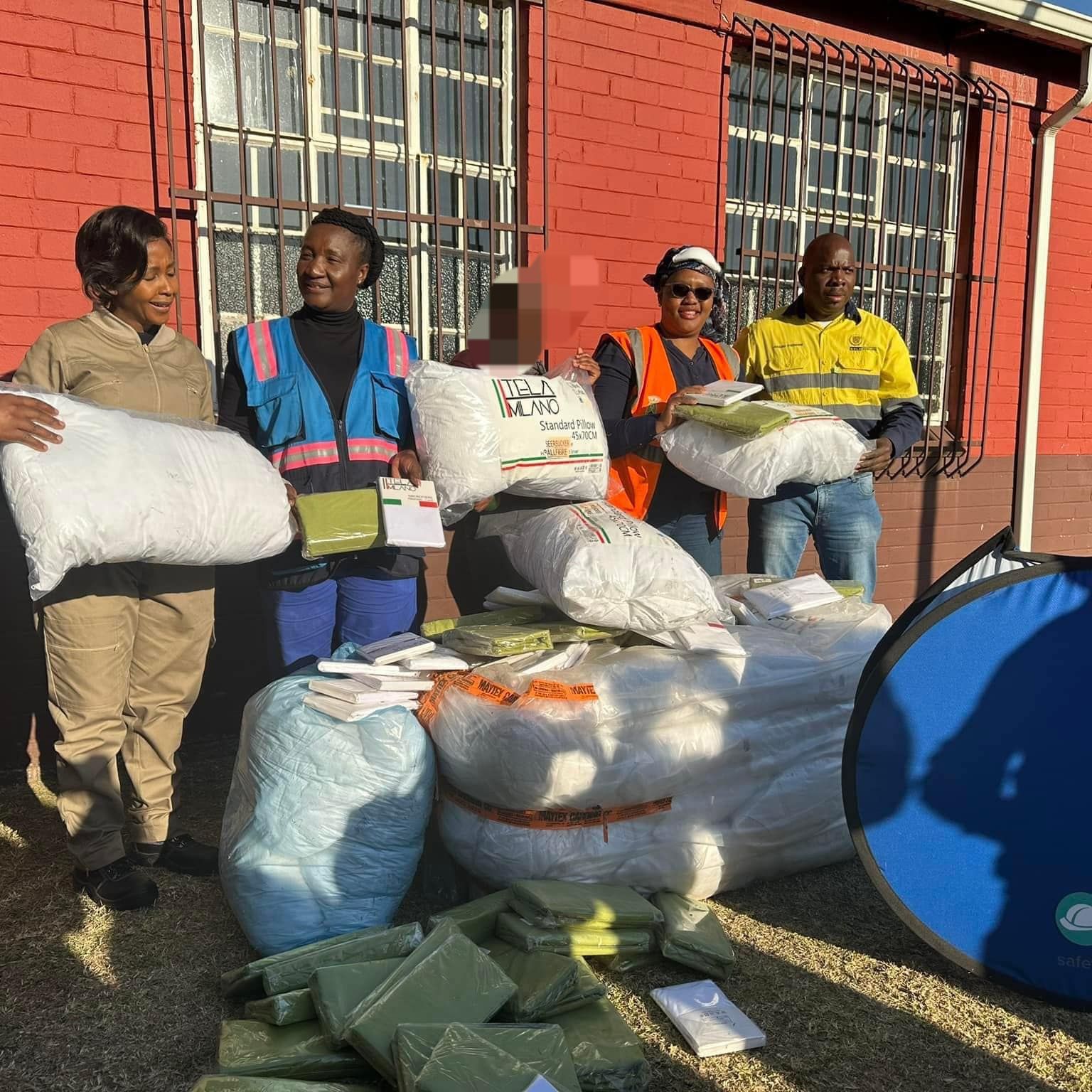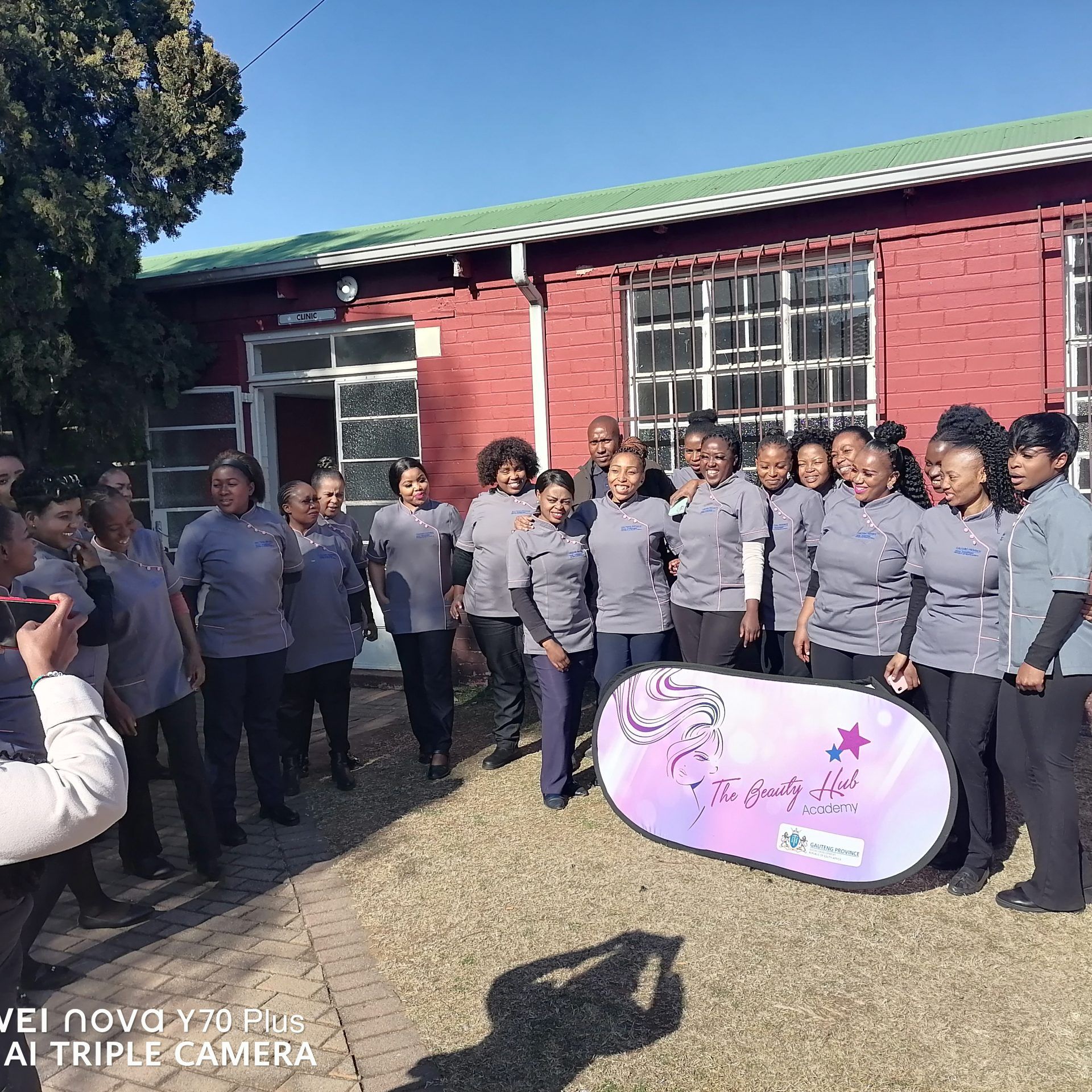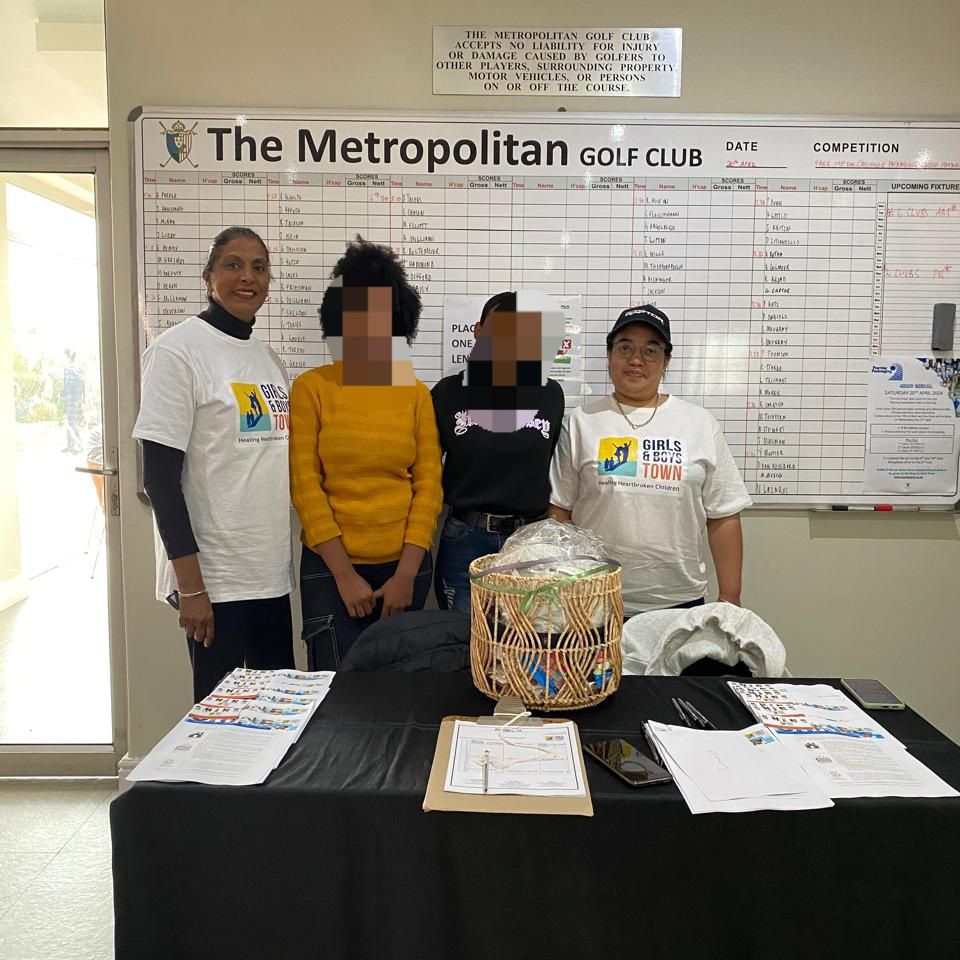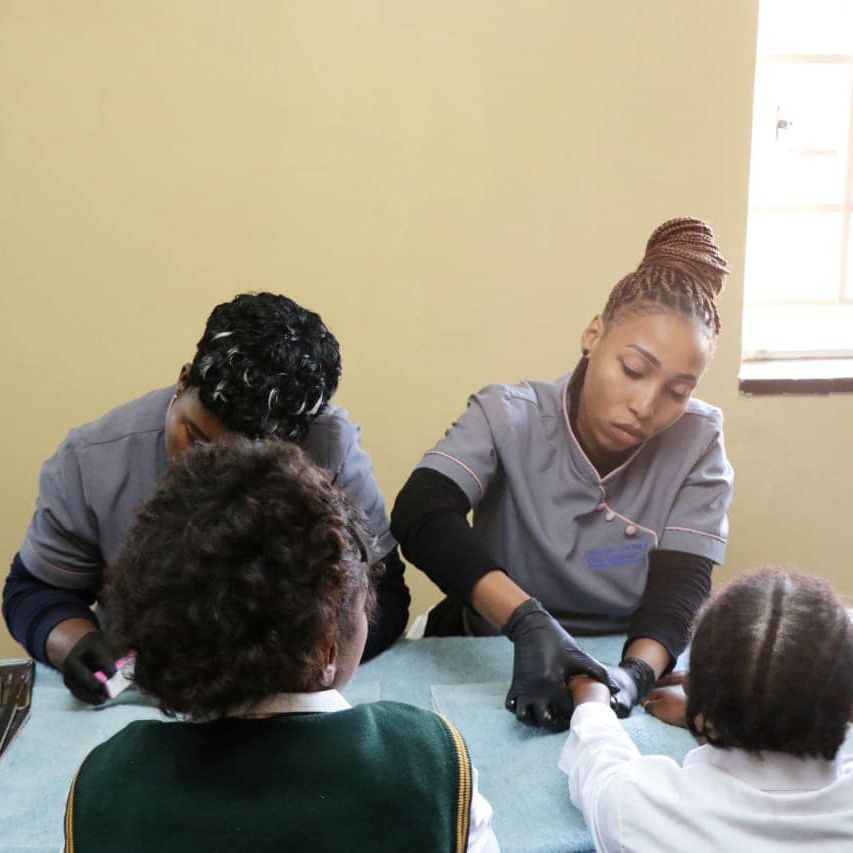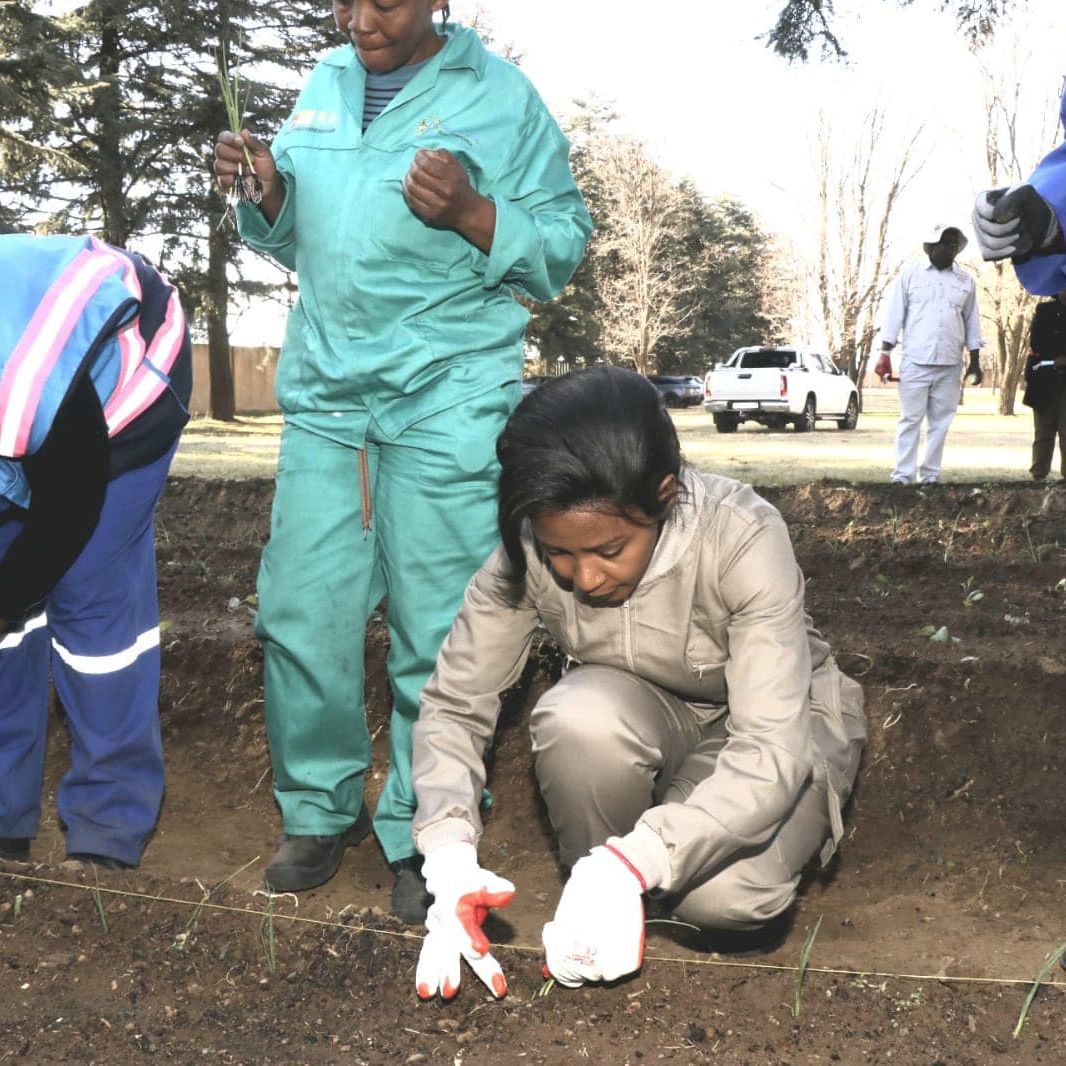
What happens to Girls and Boys Town (GBTSA) youth after they age out of care?
Report by Prof Adrian D. van Breda, University of Johannesburg, 2 September 2024.
Evidence shows positive outcomes and reduction in homeless vulnerability for GBTSA care-leavers.
In particular, where do care-leavers go upon turning 18 and where do they live? This short report seeks to answer these questions.
Key takeouts:
- Most GBTSA youth disengaging from residential care return to family and live in a whole formal dwelling
- GBTSA’s model encompasses caring for youth placed into its care and strengthening the family unit in preparation for positive disengagement from care
- Internationally homelessness is high among youth leaving care
- A study in California found 17.5% care-levers were homeless; GBTSA research among youth who left its care indicates 10% homelessness
- Housing is a major vulnerability for youth leaving care and should be a greater government priority
Where do care-leavers disengage to? Between 2012 and 2021, we conducted 182 complete disengagement interviews. Of these, 142 (78%) planned with their social workers to disengage to family. Smaller numbers (25, 14%) were going into foster care, eight (4%) into independent living, two into another CYCC and five to another setting (e.g., a friend, partner or school hostel). This confirms the finding in other contexts that most young people return to the family from whom they were removed, reminding us of the vital importance of family strengthening and reunification services.
How many care-leavers were homeless? Homelessness is a major concern for many care-leavers in other parts of the world and rates of homelessness among care-leavers are higher than in the general population. We conducted 288 complete follow-up interviews from 2013 to 2022. (The 2023/4 phase of follow-up interviews is still in progress.) Thirty participants (10%) indicated that they were homeless at the time of the interview. It is difficult to compare data across studies, because of different definitions of ‘homeless’. In a study in California, 17.5% of care-leavers reported being homeless immediately after leaving care (Yoshioka‑Maxwell, 2023) and the Midwest study found that 17.7% of care-leavers experience homelessness at least once between leaving care and age 21 (Lee et al., 2023).
Where were non-homeless care-leavers living? Most of the 258 care-leavers (184, 71%) who were not homeless at the time of the follow-up interviews, indicated that they were living in a ‘whole formal dwelling’, which means occupying a whole house, flat, apartment, cluster house, townhouse or semi-detached house. A smaller number of care-leavers (48, 19%) reported living in part of a formal dwelling. Participants described these variously as a bachelor cottage or granny flat, the back of a shop, a backyard house, domestic worker quarters, a hostel, jail, RDP house, or a room they rent in someone’s house. And 25 (10%) were living in an informal dwelling (e.g., a shack, caravan, tent, or wendy-house).
In summary, most GBTSA care-leavers over past 10 or so years disengage back to family (78%) and most continue to live in formal dwellings over the following years out of care (80%). One tenth of care-leavers find themselves homeless at a follow-up interview, and the remaining 10% live in informal dwellings as occupied by most South Africans (83%).
These findings confirm international findings that housing is a key vulnerability for care-leavers, who may find themselves moving rapidly between insecure housing, ‘couch’ surfing, living on the streets or living in informal places, such as the back of a shop.
Secure housing is a human right. According to the Bill of Rights in the South African Constitution, “Everyone has the right to have access to adequate housing” and the state must take reasonable actions to make this a reality. Given the distinctive vulnerability of care-leavers and the youth more broadly, the government needs to prioritise making secure and stable housing options available to young people leaving care.






